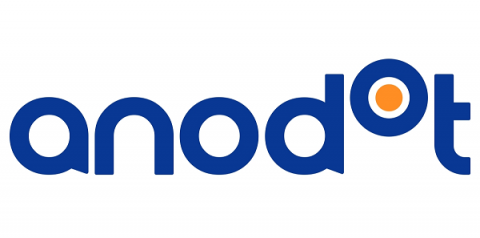9 Key Areas to Cover in Your Anomaly Detection RFP
Evaluating a new, unknown technology is a complicated task. Although you can articulate the goals you’re trying to achieve, you’re probably faced with multiple solutions that approach the problem in different ways and highlight varying features. To cut through the clutter, you need to figure out what questions to ask in order to evaluate which technology has the optimal capabilities to get the job done in your unique setting.


